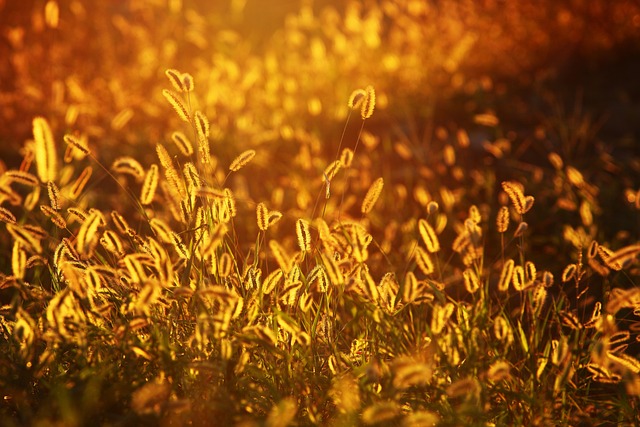Photography is an art form that transcends mere visual representation; it’s about capturing emotions, experiences, and the essence of the moment. One of the most powerful elements in this craft is natural light. Photographers often say that light is their true paintbrush, and when it comes to creating layered compositions, understanding the nuances of natural light can make all the difference.
To appreciate the significance of natural light in photography, one must first understand its characteristics. Unlike artificial light, which can be harsh and unyielding, natural light possesses a softness that changes throughout the day. From the golden hour at dawn to the deep blues of twilight, each moment offers a unique quality of light that can sculpt a photograph. Utilizing this variance allows photographers to create dynamic layers that convey depth and emotion.
When you think about layering in photography, consider the dimensionality that can be achieved by skillfully using natural light. The interplay of shadows and highlights not only adds texture but also enhances the visual storytelling in an image. For instance, shooting a portrait at sunset can imbue the subject with a warm glow, while the background melts into softer shades, creating a captivating layer that draws the viewer’s eye. The gentle diffusions of natural light can soften features, enhancing the subject’s attributes while keeping the picture looking authentic and raw.
Choosing the right time of day is crucial when working with natural light. Early morning or late afternoon are often referred to as the ‘golden hours.’ During these times, sunlight is diffused, casting a warm, inviting tone that envelops everything in its path. Not only does this make colors pop, but it also enables layers to emerge naturally in the frame. Photographers can capture vibrant images that are rich with detail, accentuated by the soft, multidimensional quality of light.
An essential part of mastering natural light is understanding your camera and optics. The way your camera sensors react to different wavelengths can significantly affect the final image. Using a wide aperture can separate your subject from the background, creating a fine layer of bokeh that enhances focus. Additionally, using filters can help control the intensity of natural light, allowing for exquisite layering effects that harmonize with your artistic vision.
Beyond technical aspects, the heart of photography lies in the connection you form with your subject and environment. Embracing natural light encourages spontaneity, urging photographers to observe and adapt to their surroundings. Each burst of sunlight or wisp of cloud presents new opportunities to capture fleeting moments—a candid smile, a child at play, or a landscape bathed in glorious sunlight. These layers of experience, when framed and photographed, become powerful narratives that resonate with viewers.
As you venture into your next photographic endeavor, remember to look beyond the surface. Explore how the interplay of natural light can create layers that evoke emotion and depth within your images. Challenge yourself to experiment with different times of day, angles, and compositions. The beauty of natural light is that it is ever-changing, and so too should your approach to capturing it. Whether you are an amateur looking to hone your skills or a professional seeking to push creative boundaries, natural light offers endless possibilities for storytelling through layers.



